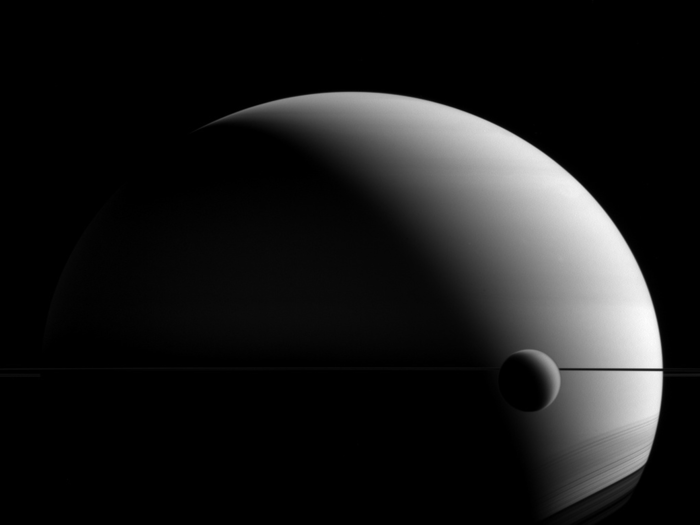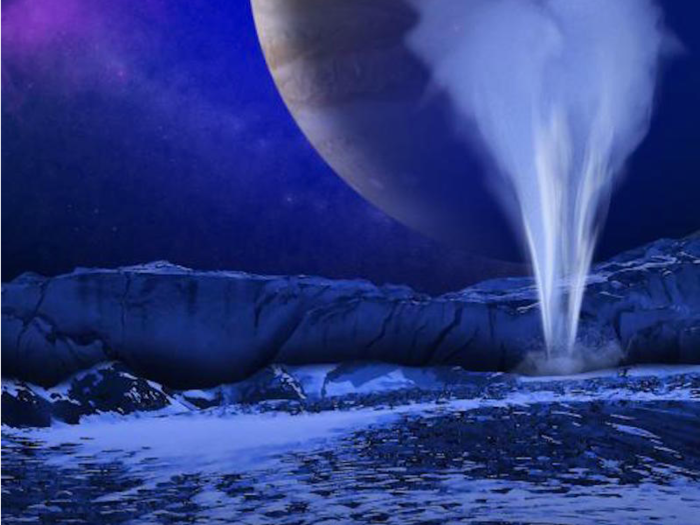These are the 4 likeliest places we'll find alien life
1. Mars appears pretty barren now, but there's evidence that it used be a watery world not unlike Earth.

Some scientists think the red planet may have been capable of supporting life: It once had oceans that covered 19% of its surface.
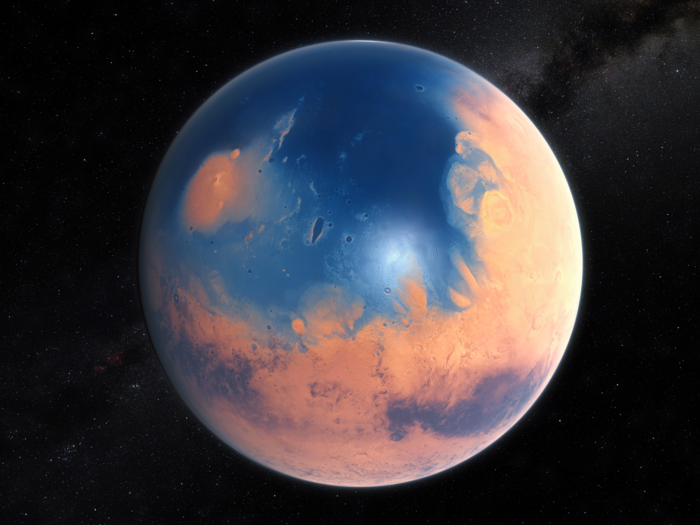
Source: Business Insider
But millions of years ago, solar wind blew away Mars' atmosphere. The oceans dried up and it's surface was bombarded with radiation.
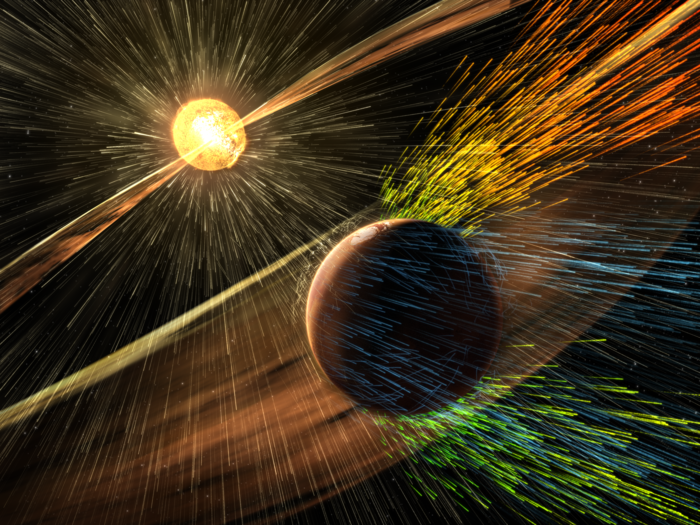
Source: Tech Insider
But it turns out that Mars still has liquid water near its surface that occasionally bubbles up through the crust. Everywhere we find water on Earth, we find life.
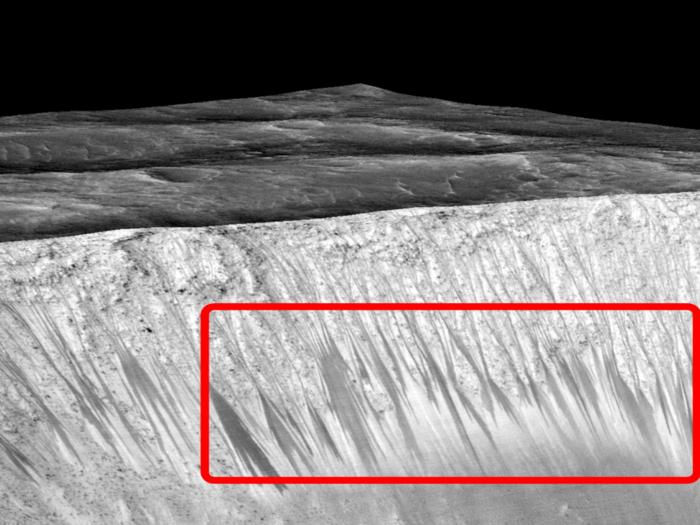
Source: Tech Insider
So some scientists think there might be microbial life hiding in or below the dirt.
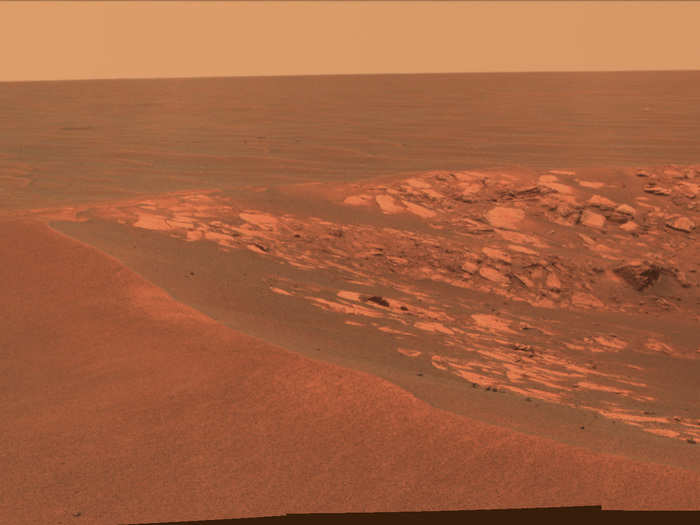
2. Enceladus, which orbits Saturn, is another intriguing world to planetary scientists.
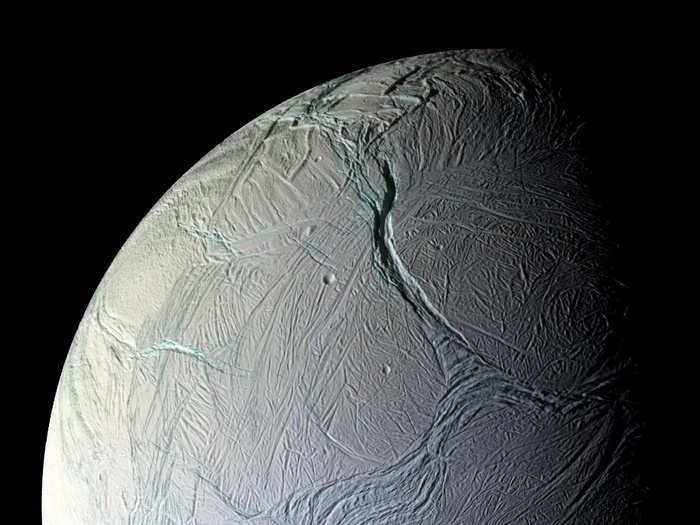
Below its icy crust is a giant subsurface ocean.
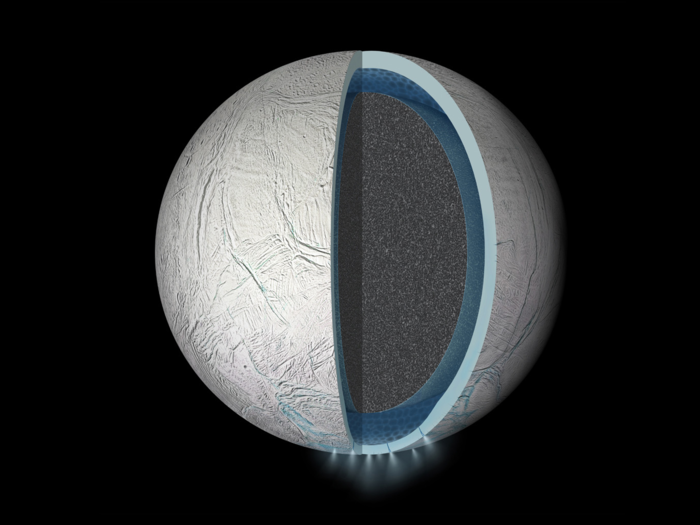
There's evidence that these oceans have hydrothermal vents. That's huge because the hydrothermal ocean vents on Earth support a whole ecosystem of life.
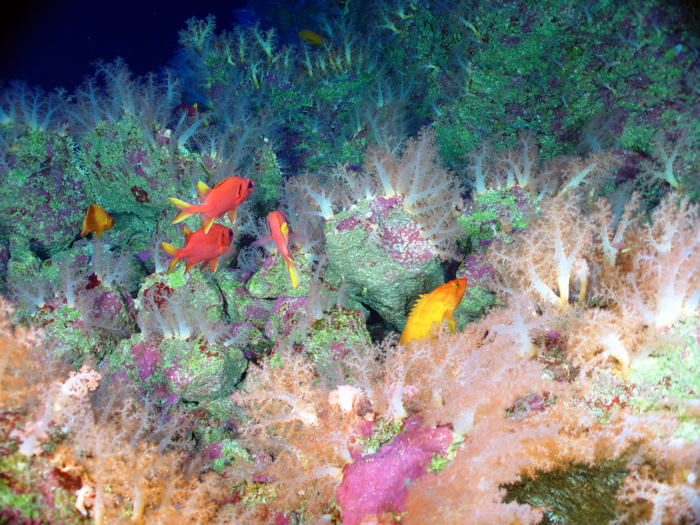
Enceladus' ocean is encased in a layer of ice, but geysers near its south pole have broken through the surface and regularly shoot out water.
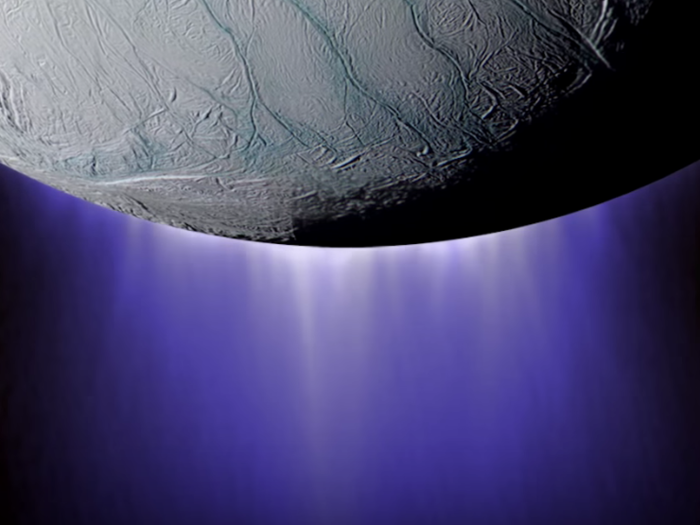
NASA has flown spacecraft through the plume several times to sample the moon's water.
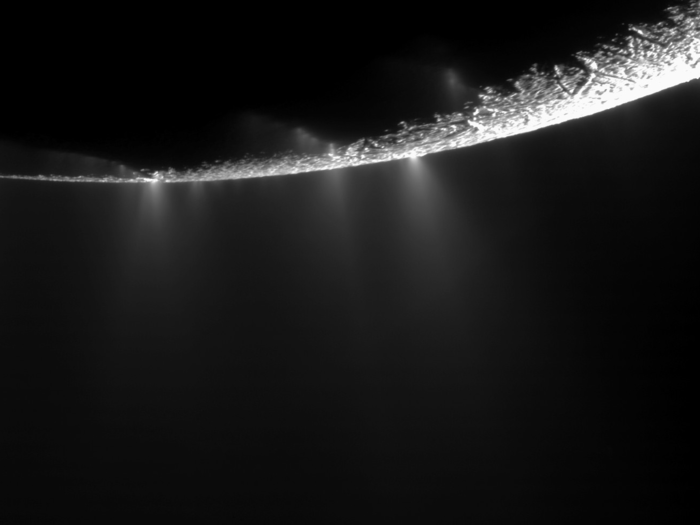
It's already found the presence of sodium and organic molecules. Data from the latest flyby may help scientists figure out how active the ocean's hydrothermal vents are.
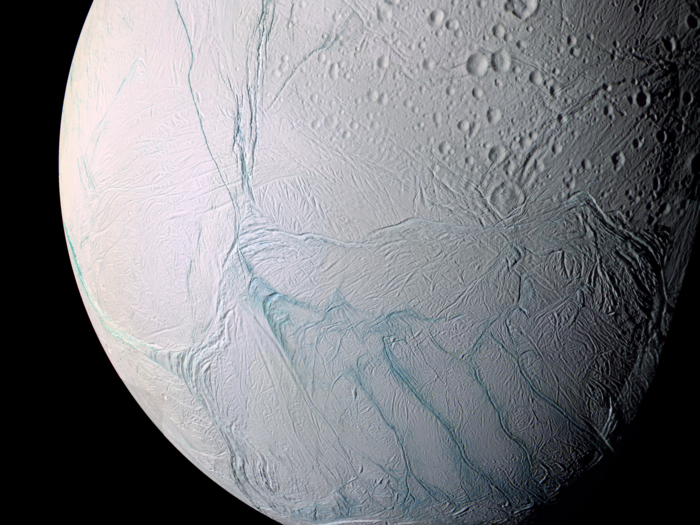
Source: NASA
4. Titan is another of Saturn's moons.
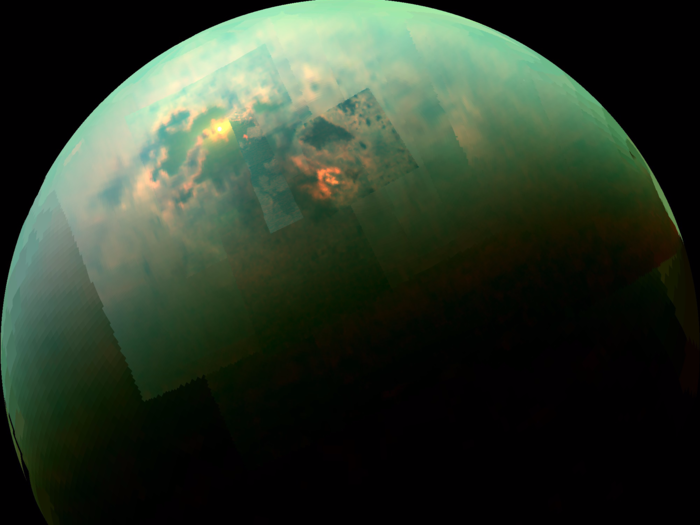
But scientists are interested in Titan not because of its size, but the fact it's covered in huge lakes of liquid methane.
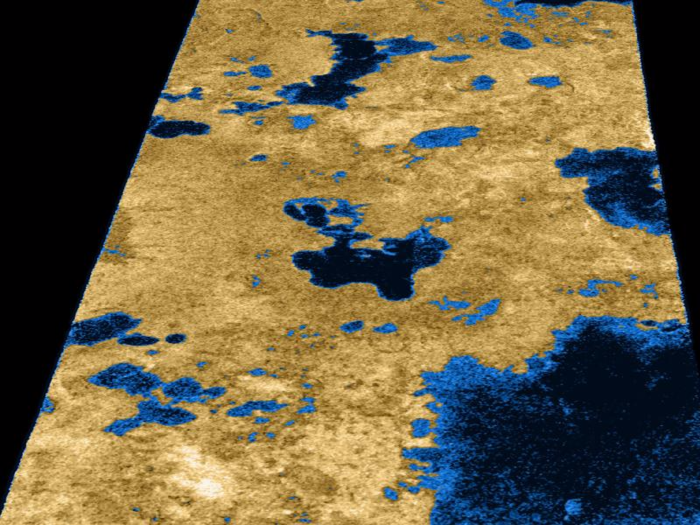
Source:NASA
It's the only place in the solar system besides Earth that has liquid on its surface. Scientists think some form of life could have adapted to thrive in a methane world.
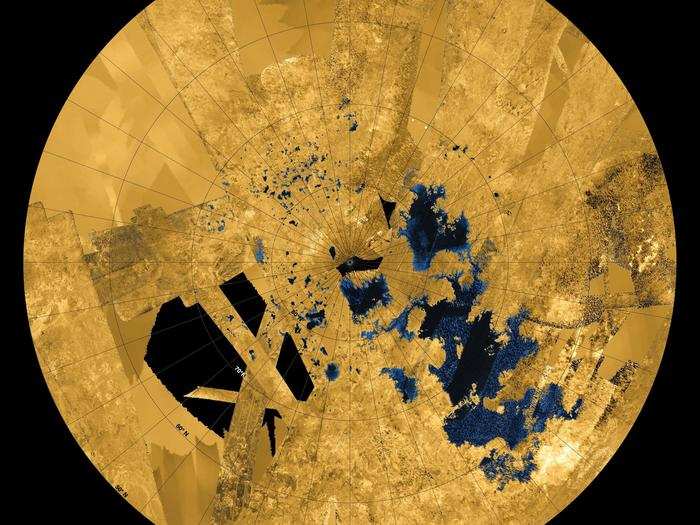
3. Europa harbors about twice as much water as there is on Earth.
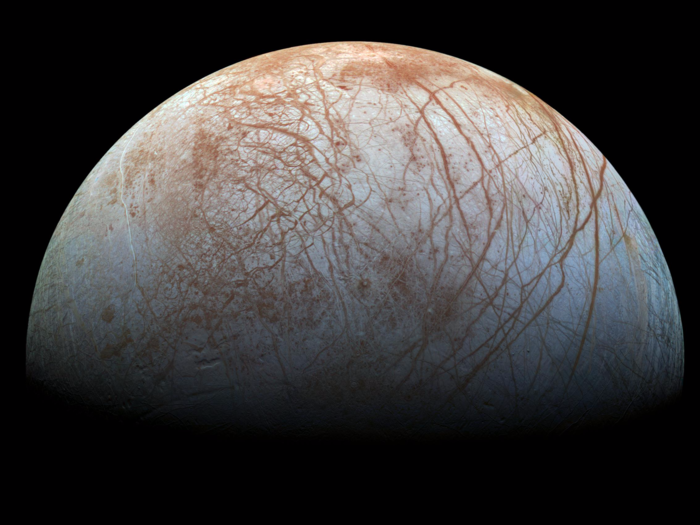
Parts of the moon's icy crust are severely cracked and fractured, earning these features the nickname "chaos regions."
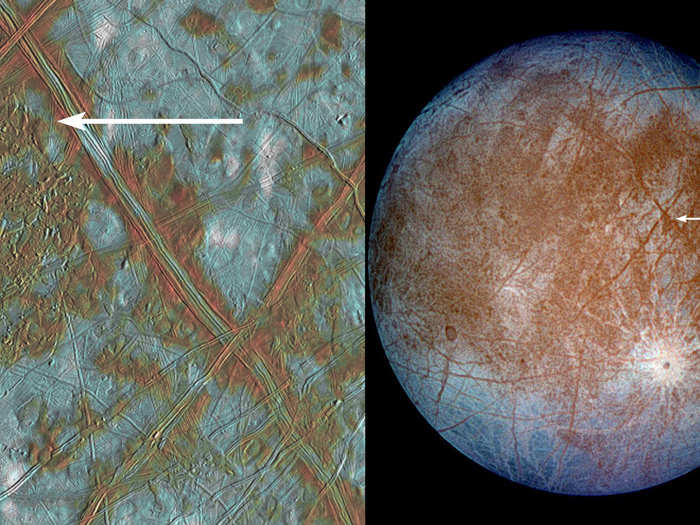
Scientists think the cracks form when plumes of warm ocean water rise to the surface, where they create lakes of liquid water within Europa's icy crust. Eventually the ice above the lakes cracks and sinks and creates these chaos regions.
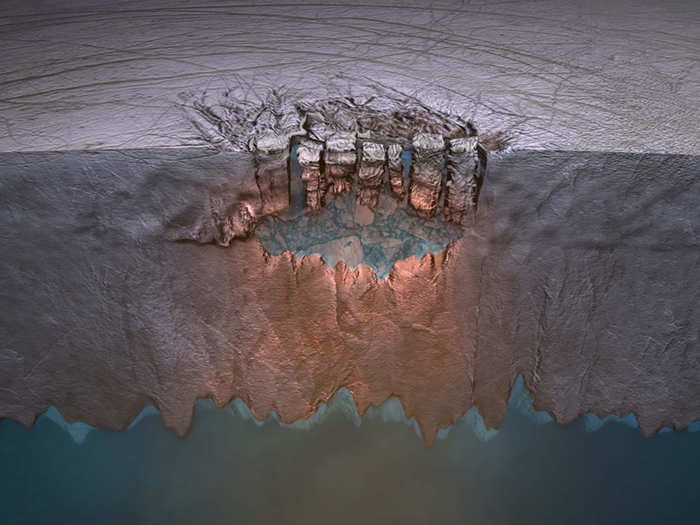
If warm ocean water is causing the cracks, then Europa might have life-supporting hydrothermal vents, too.
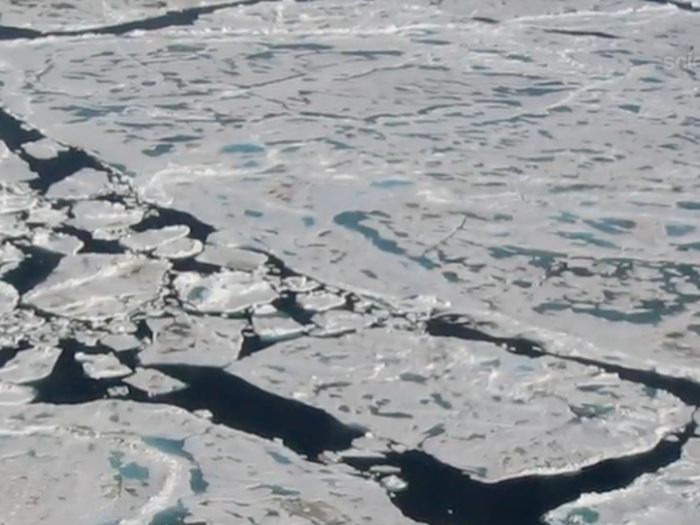
Right now NASA is planning a mission called the Europa Multi-Flyby Mission to land the first-ever probe on Europa.
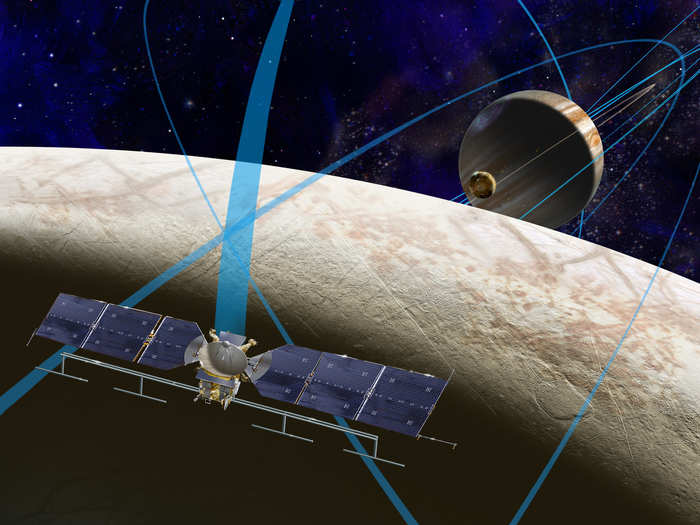
Such a spacecraft could help us learn the composition of Europa's icy crust — and maybe see if anything might swim below the surface
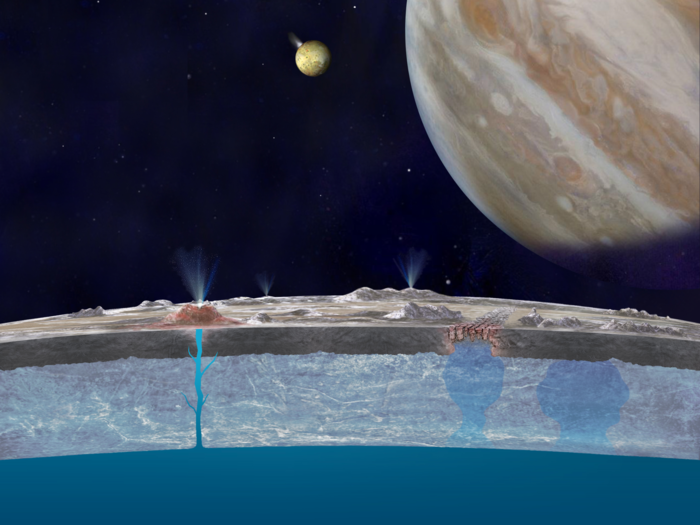
Source: Tech Insider
NASA wants to explores all four of theses worlds.
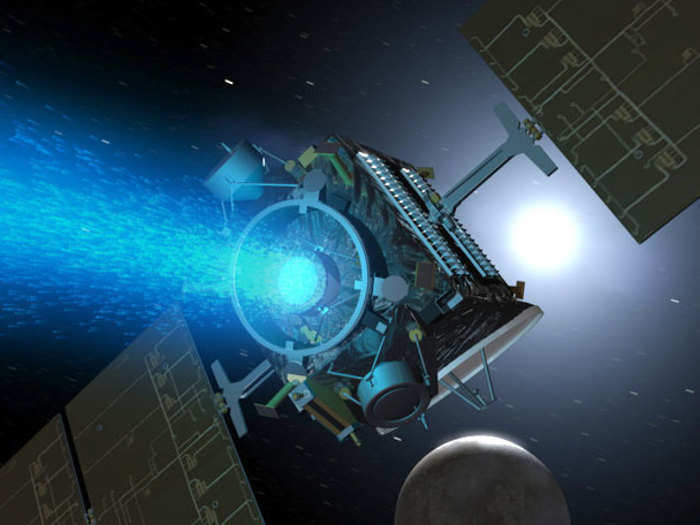
It's possible that in the next 10 years we'll be able to answer if there's life beyond Earth in the solar system, Green said.
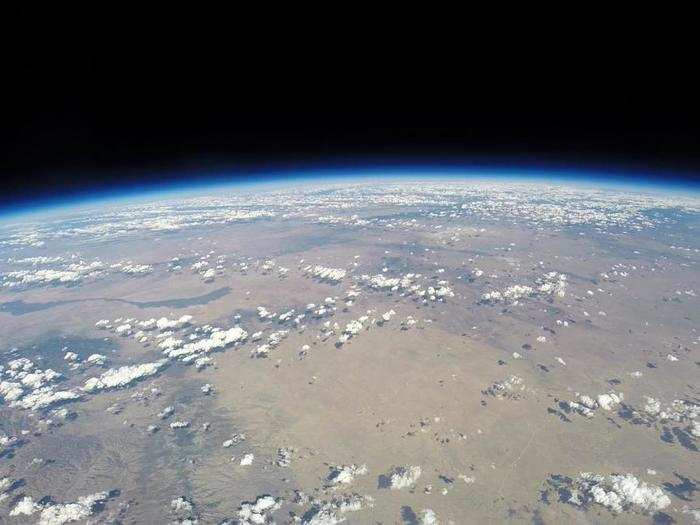
Popular Right Now
Advertisement
